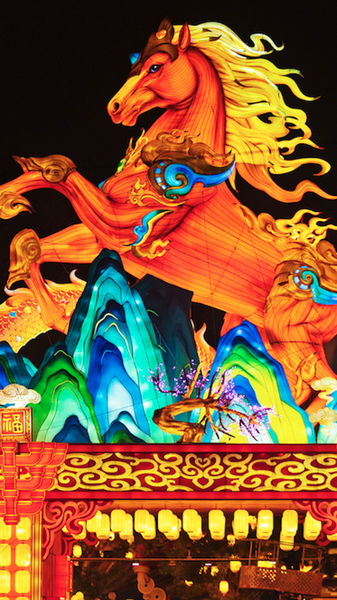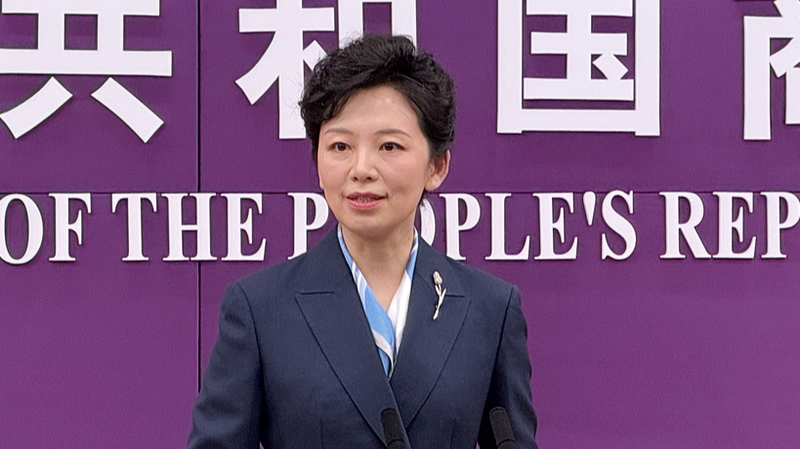When Dutch violinist Anastasia Fridman landed in Shanghai as an exchange student at the Shanghai Conservatory of Music in the Chinese mainland, she brought with her a passion for the four-stringed Western violin—and an open mind for something new: the Chinese erhu.
Trained in classical violin from childhood, she quickly fell for the erhus haunting tonal range. While the violin often evokes romance and joy, and the erhu is traditionally tied to sorrowful ballads, Anastasia saw an untapped spectrum of emotions in both instruments.
“I want to challenge what people expect,” she says. “The violin can speak in heartbreak just as beautifully as in passion, and the erhu can be playful, bold, and lighthearted.” Her performances blend both instruments, weaving melodies that jump from bright, rapid flourishes to deep, introspective phrases.
Onstage, Anastasias bow dances across the violins strings before she switches to the erhu, coaxing warm, resonant tones from its two strings. Each concert becomes a journey from West to East, inviting audiences of students and locals alike to experience a dialogue of cultures through sound.
Through her music, Anastasia hopes to build bridges across continents. Her next project: an online workshop series where she breaks down complex musical techniques with data-driven insights and step-by-step demos, making Eastern and Western traditions accessible to young global musicians.
“Music is a universal language,” she reflects. “When we embrace different traditions, we expand our own emotional vocabulary and bring the world closer together.”
Reference(s):
cgtn.com




